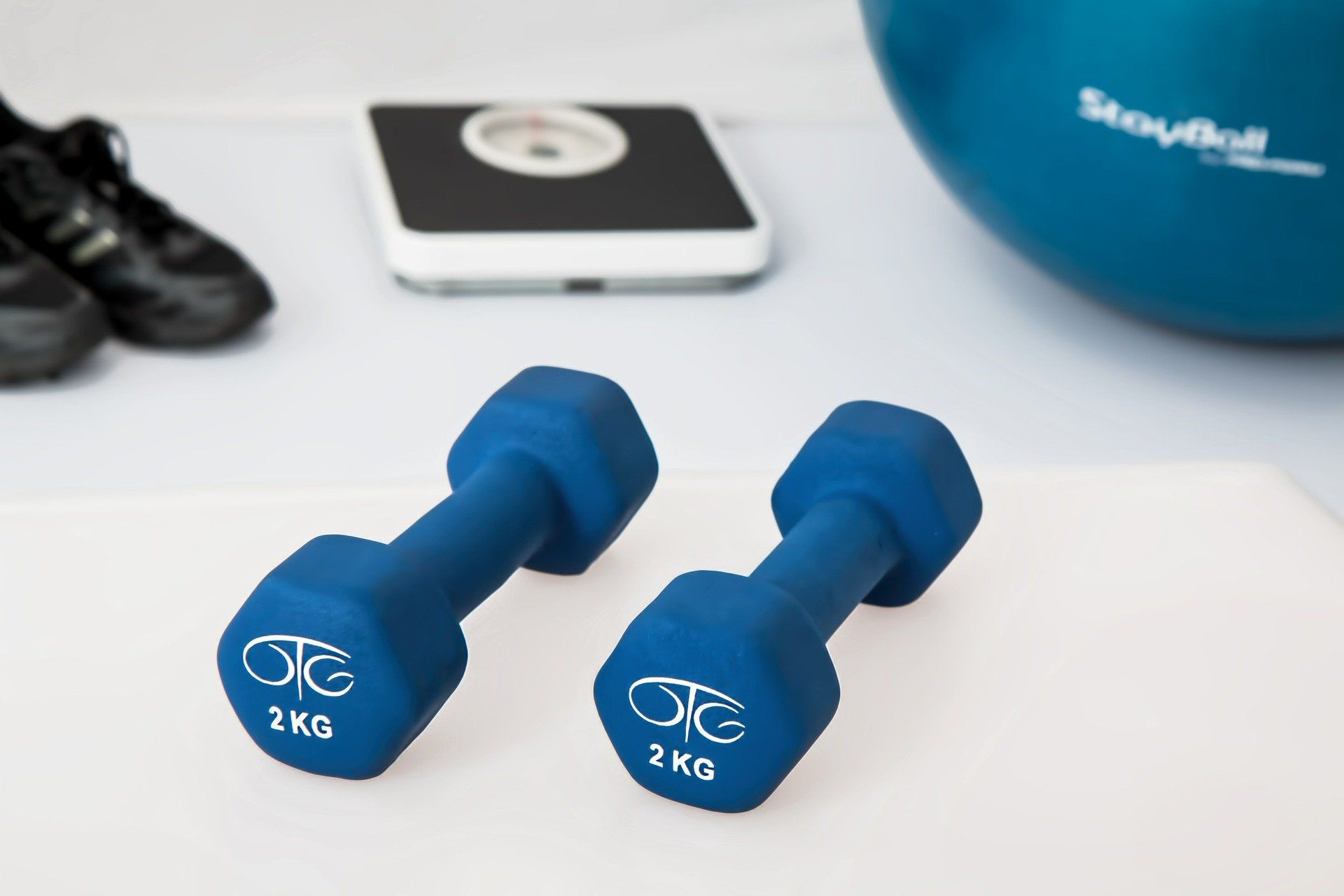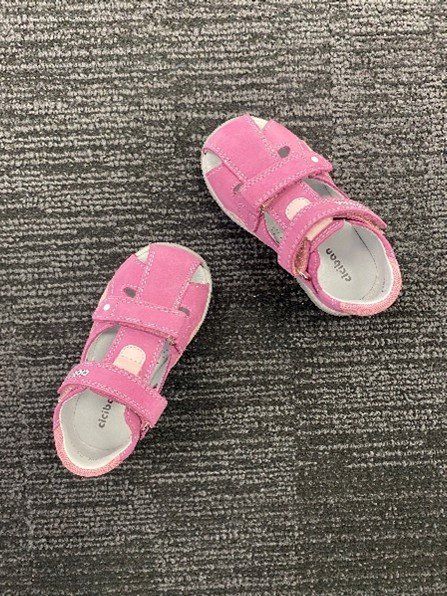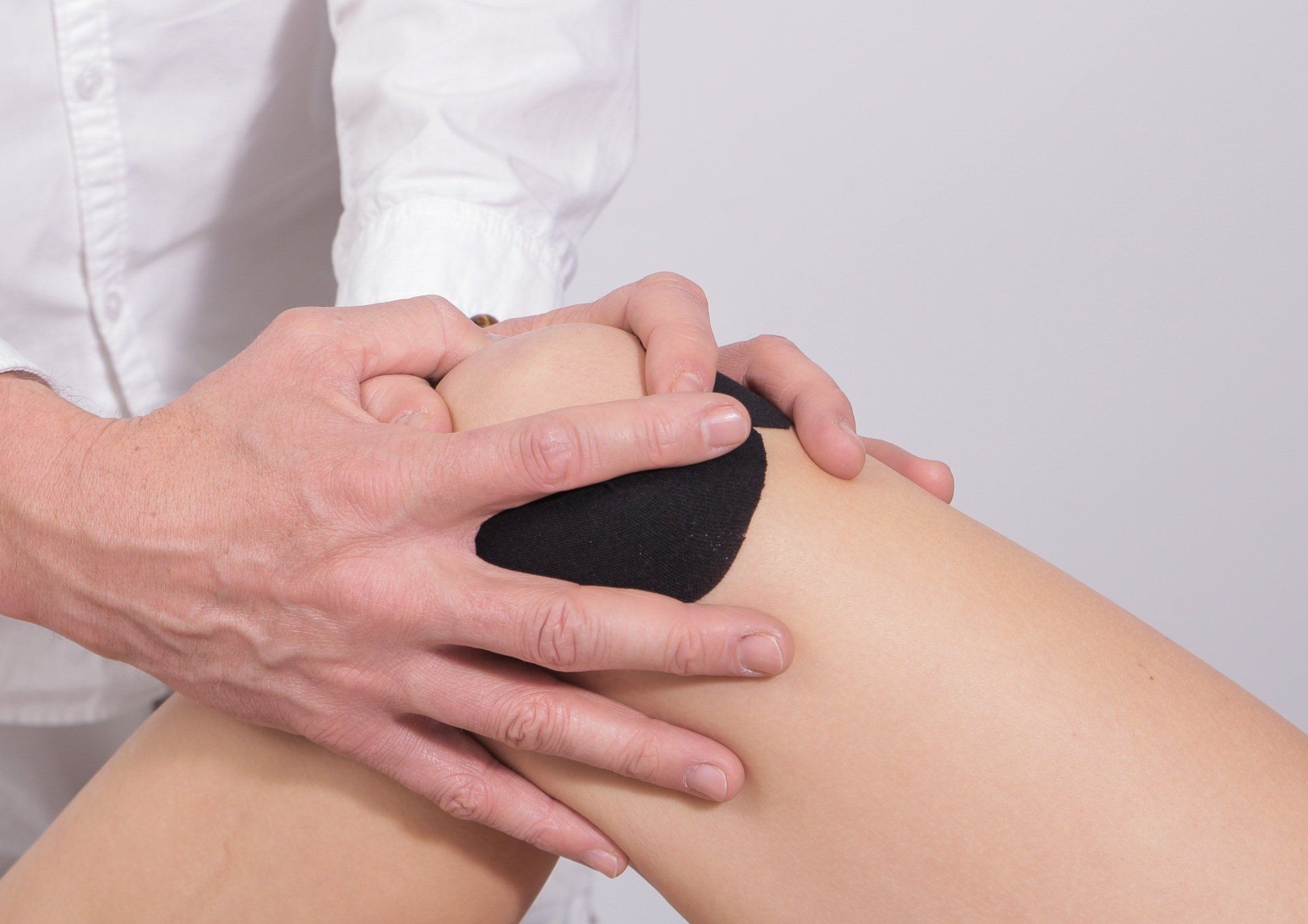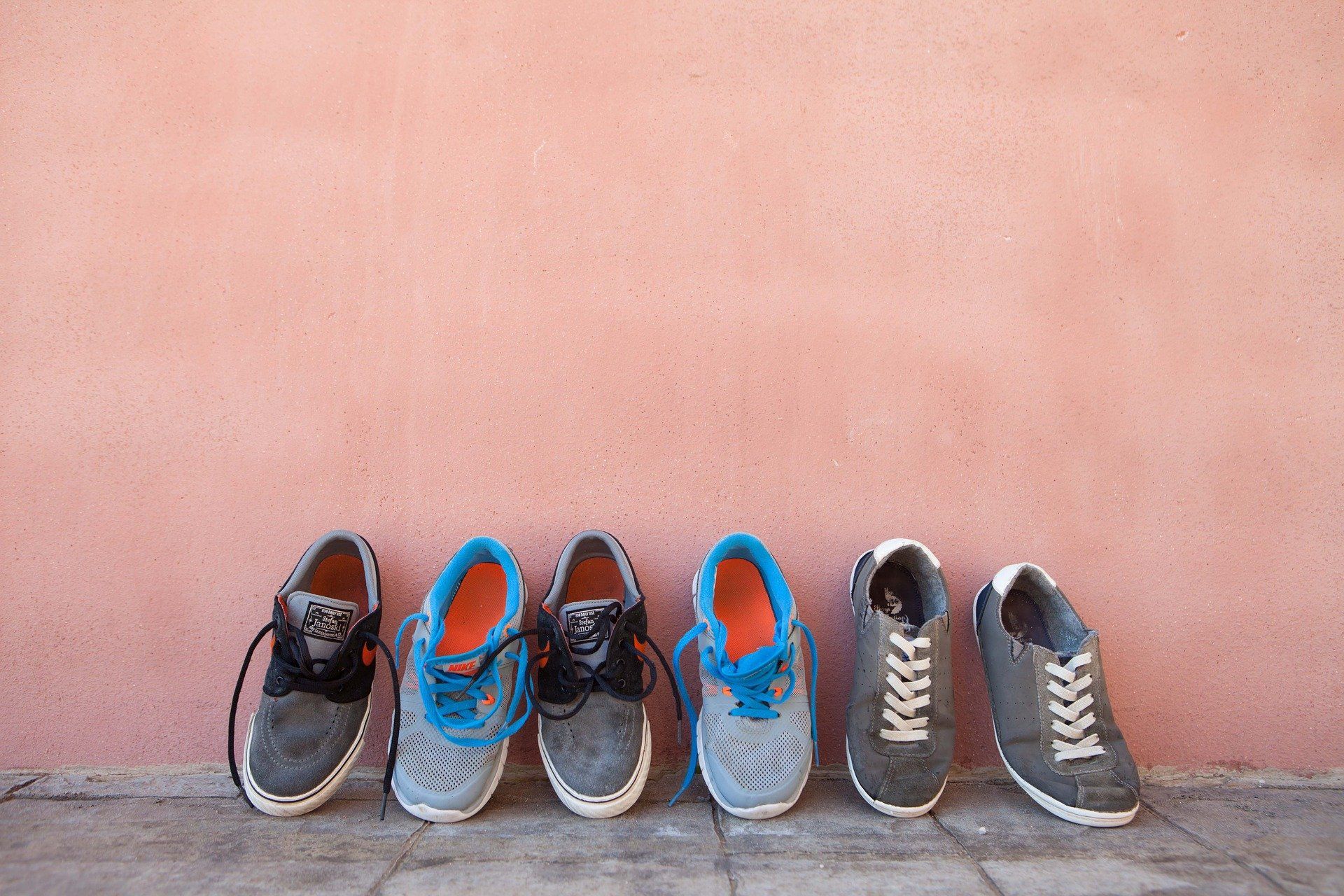Painful ingrown toenails?
How can we treat them and why do they happen?
Ingrown toenails can be extremely painful. For such a small area of the body they can really cause a lot of grief. And why is it that we always seem to kick our toe when we have one? Or someone always seems to step on your foot. But how can we treat them and why do they happen?
An ingrown toenail is where a small nail spike has been left down the side of the nail and it is starting to pierce our skin and cause an
infection.
They can be caused by:
- Cutting your toenails incorrectly
Cutting your toenails straight across will limit your risk of an ingrown toenail. If you cut your nails down the sides you run the risk of leaving a small nail piece behind. We also recommend cutting your nails with either a pair of nail scissors or a pair of nail clippers as seen below.

- Wearing incorrect shoes
Wearing shoes that are too tight can cause a lot of pressure on the inside of your toe and cause rubbing/friction between the side of your toe and the skin. This rubbing can cause enough irritation and may cause a breakage in the toenail and ultimately lead to an infection. Best way to avoid this is to ensure you are wearing the correct shoes and ones that are wide enough for your feet.
- The way you are walking
Believe it or not, some walking patterns can lead to ingrown toenails. If your foot excessively pronates (rolling in) this can cause increased pressure through the first toe leading the skin to bunch up over the side of the nail. With this repetitive pressure it irritates the nail and results in a buildup of skin and nail. This build up is what causes the ingrown toenail.
Treatment options include:
- Seeing your local Podiatrist to help assist you with cutting your toenails correctly and clear out the side of your nails.
- A Podiatrist can also help you determine why the ingrown toenails are occurring and fix the root of the problem
- Ensuring you clear out the sides of your nails when you are cutting them
- Toenail surgery. This is a long term treatment option that can permanently fix your ingrown toenail. This is a treatment option that you can explore with either your GP or Podiatrist.
- Nail bracing
- Placing cotton wool under the edge of the ingrown nail
If you or anyone you know is suffering from ingrown toenails we do recommend you seek help from a health practitioner.
Our Podiatrists are available at both our Toowoomba and Dalby clinics to help with your toenail needs.
